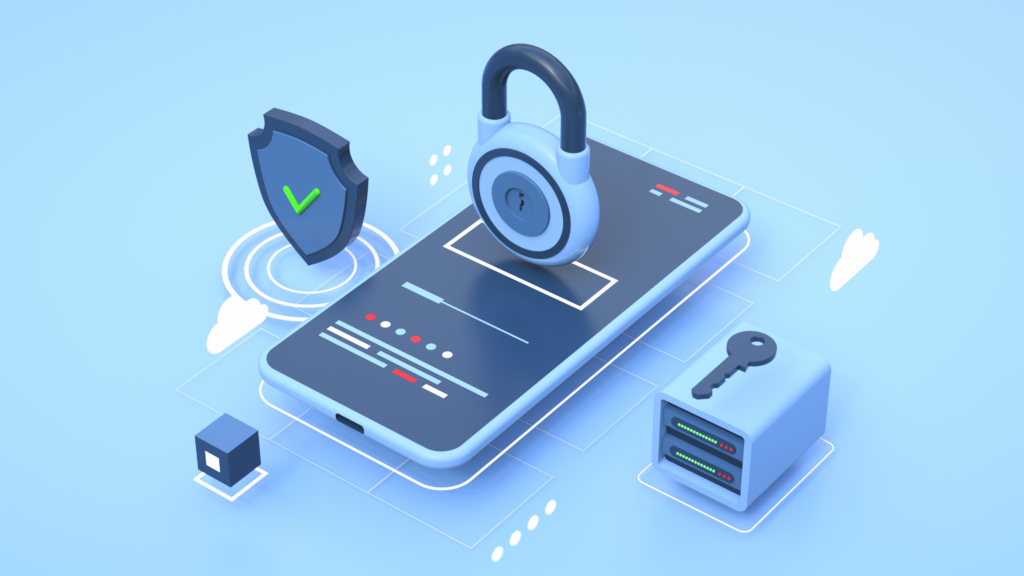The Role of Identity and Access Management in Data Security
Data has become the lifeblood of every facet of life today. When it comes to businesses, whether it is marketing and SEO decisions, operational decisions, financial planning for the organization, risk assessment, or revenue, data dictates everything. A very good example would be an e-commerce organization that uses and analyzes vast amounts of customer data to create personalized advertisements and recommendations for customers, plan inventory, forecast product demand, make better business decisions, and generally optimize the user’s experience. However, this also means that data becomes much more valuable, to organizations and malicious entities alike.
Data security, therefore, is of the utmost importance and should be a priority for individuals and organizations alike. Due to the omnipresence of data, almost all cybersecurity practices help in protecting it in some way or another. Some disciplines are physical security, network security, regulatory compliance, awareness and training, and many others. One such discipline is Identity and Access Management, or IAM.
In this blog post, we will discuss what role IAM plays when it comes to data security.
What is data security and why is it so important?
Data security is the practice of securing data from theft and unauthorized access. It involves every aspect of information security from the physical security of storage devices to administrative and access controls, as well as the logical security of software applications. It involves implementing security measures/policies/controls to ensure that the CIA triad (Confidentiality, Integrity, and Availability) is satisfied.
- Data Confidentiality dictates that data should only be accessible to authorized people.
- Data Integrity dictates that data should only be modifiable by authorized people.
- Data Availability dictates that data should be readily available to authorized parties whenever required.
Some ways to achieve this are using encryption for confidentiality, hashing messages to achieve data integrity, and making sure policies and controls are implemented in a way that is seamless to the authorized user to ensure availability.
The importance of data security can be seen in the following points, including but not limited to:
- Protection of customer data/sensitive data – PII and sensitive identification data that has been entrusted to the organization
- Regulatory compliance – Various industry-based compliance standards like HIPPA, GDPR, PCI DSS, FISMA, etc
- Business continuity – Ensuring that the functioning of the business isn’t interrupted
- Protection against breaches and cyber-attacks – against external and internal threats
- Competitive advantage – to come across as a trusted and secure organization for potential customers
Data today is a spectacularly valuable asset. In today’s world data has become the new oil and with that, the threat of data breaches has grown exponentially. In arecent study conducted by IBM, the global average total cost of a data breach observed an increase of USD 0.11 million to USD 4.35 million in 2022.
From Figure 1, it is evident that companies face substantial financial losses, but there are several other valuable metrics like loss of reputation and the trust of customers which when ignored, impact organizations in the long run. This makes data protection one of the most important tasks for an organization to protect itself and its customers. A robust data security program helps an organization safeguard its data from internal and external threats alike and allows the organization to function efficiently and effectively.
This is where Identity and Access Management comes in as one of the disciplines in cybersecurity that allows organizations to tighten up their data security programs.
What is IAM and how does it help in securing data?
IAM (Identity and Access Management), in simple terms, ensures the right individuals have access to the right IT resources, for the right reasons, at the right time. It is a crucial component of an organization’s cybersecurity posture that helps control and manage user access to sensitive data and applications; helping prevent data breaches.
IAM technologies take control of identity management and access control lifecycles, providing microscopic insight into the organization’s day-to-day functioning in terms of data access. It helps organizations enforce security and compliance.
Now, let us understand some features of IAM that help in securing data:
- Identity Federation and SSO
Single Sign-On is a fundamental concept in authentication that allows one to log in once and access services within the organization without re-authenticating. Federation extends this concept to be applied to resources outside the organization. This allows fewer passwords to be created and used, which also means fewer passwords are written down, lost, or forgotten. It also means that users can have fewer and more complex passwords, thereby protecting the passwords themselves, as well as the information that can be accessed using these passwords.
- User Lifecycle and Identity Management
IAM tools centralize and take control of the provisioning and de-provisioning of identities across the organization which has multiple benefits. Firstly, this ensures that a trusted source of truth is established for identities so rogue accounts aren’t created. Secondly, it ensures that there are no inactive or forgotten accounts that can be used to access data. Lastly, it ensures that proper rights are assigned to identities and they’re promptly revoked when required. All of these ensure that access to data is dynamically secured.
- Authentication and Authorization
IAM tools help implement and control dynamic authentication and authorization policies on the whole or subset of the user base. This allows an organization to implement strong authentication like MFA and also use predefined policies to define the access different users will get to implement the principle of least privilege. Both of these lead to data being protected whether in terms of a malicious user trying to access resources or an authorized user accessing resources that they shouldn’t have access to.
- Access Monitoring and Auditing
IAM tools also provide sophisticated monitoring and auditing functionalities to constantly track activities across the organization and consistently audit access. They can detect suspicious activities and can also be configured to take action automatically. This allows organizations to protect their data by introducing strong detective and corrective measures to go along with the preventive measures that the previous points talk about.
- Just-In-Time (JIT) Access
Just-In-Time access is another access control feature in IAM systems that allow dynamic on-demand access that is automatically revoked after a definitive time period. This is especially useful in protecting data when remote access, vendor access, or third-party access is involved and an organization doesn’t want to have any standing privileges, thereby making sure their internal data is only accessible when authorized.
With the features mentioned above, organizations can really bring their Defense-in-Depth approach to their security postures to life and implement data security.
The effect of IAM tools on an organization’s security posture has been even more pronounced with a large part of the workforce going remote as the inherent features of IAM support security for such a set up.
So now that we understand the role IAM solutions can play in securing data, what are the tools available today that offer these solutions? The biggest players according to Gartner’s magic quadrant for 2022 are Okta, ForgeRock, Ping Identity, Microsoft, IBM, SailPoint, CyberArk, and some others.
How can SecurDI Help?
At SecurDI, our seasoned professionals can provide unique and custom implementations to help our clients build an efficient and effective IAM solution based on their specific needs. With the collective experience of many years in different disciplines of cybersecurity as well as the tools mentioned above, our professionals offer a wide range of services including but not limited to security assessments, addressing security gaps, and even managing security solutions to help clients in achieving their cybersecurity goals.

